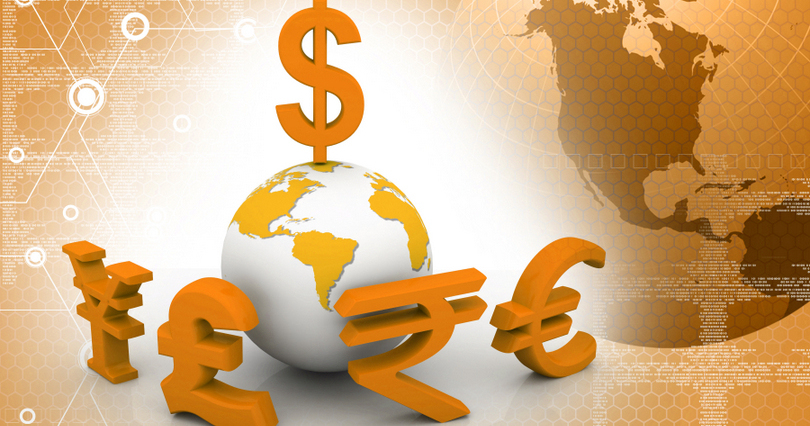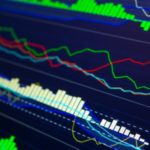Trading foreign exchange or trading forex can be a hobby and also a great source of income. The securities market trades about $22,4 billion per day and the forex trades about 5 trillion per day. Considering the volume, it has so much potential. The forex trading can be done online in a various way, but before you do that some basics that you need to understand.

http://www.learnfxtrade.com
Forex has its own terminology in the trading, so firstly you need to know the how it works. You need also need to learn how it works or rules and regulation, for example in trading forex it usually in pairs. Some of the basic terminologies that you will often used such as follows.
- The type of currency you are spending or getting rid of, is the base currency. The currency that you are purchasing is called quote currency. In forex trading, you sell one currency to purchase another.
- The exchange rate tells you how much you have to spend in quote currency to purchase base currency.
- A long position means that you want to buy the base currency and sell the quote currency. In our example above, you would want to sell U.S. dollars to purchase British pounds.
- A short position means that you want to buy quote currency and sell base currency. In other words, you would sell British pounds and purchase U.S. dollars.
- The bid price is the price at which your broker is willing to buy base currency in exchange for quote currency. The bid is the best price at which you are willing to sell your quote currency on the market.
- The ask price, or the offer price, is the price at which your broker will sell base currency in exchange for quote currency. The ask price is the best available price at which you are willing to buy from the market.
- A spread is the difference between the bid price and the ask price.
Then, you need to know how to read a forex quote. You’ll see two numbers on a forex quote: the bid price on the left and the ask price on the right.
If you already have the basic, next is decide what currency you want to buy and sell. In order to do that you need to make analysis and prediction about the economy. For instance, if you believe that the European economy will continue to strong, which is good for the Euro, then you probably want to buy euros in exchange for a currency from a country where the economy is weak. It also advisable to look at a country trading position, for example, if a country has many goods that are in demand, then the country will likely export many goods to make money. This trading advantage will boost the country’s economy, thus boosting the value of its currency.
Apart from that, you need also to consider the political condition. If a country is having an election, then the country’s currency will appreciate if the winner of the election has a fiscally responsible agenda. Also, if the government of a country loosens regulations for economic growth, the currency is likely to increase in value. Last but not least, it is good to always keep up to date by reading the economic reports and trying to understand the meaning and how it is affected to the currency. Reports on a country’s GDP, for example, or reports about other economic factors like employment and inflation will have an effect on the value of the country’s currency.
You already have the analysis and next thing, and the most fun part is, you need to do is learn how to calculate profits. A pip measures the change in value between two currencies. Usually, one pip equals 0.0001 of a change in value. For example, if your EUR/USD trade moves from 1.646 to 1.647, your currency value has increased by ten pips. Multiply the number of pips that your account has changed by the exchange rate. This calculation will tell you how much your account has increased or decreased in value.
Then you need to find a brokerage and open an account in order to start trading, but firstly you need to research different brokerages. Take these factors into consideration when choosing your brokerage. It is advisable to look for someone who has been in the industry for ten years or more. Experience indicates that the company knows what it’s doing and knows how to take care of clients. It is recommended and by making sure to check to see that the brokerage is regulated by a major oversight body.
If the account and all registration have been done, all you need to do is analyze the market. You can try several different methods, such as follows.
- Technical analysis: Technical analysis includes reviewing charts or historical data to forecast how the currency will move based on past events. You can usually get charts from your broker or use a popular platform like Metatrader 4.
- Fundamental analysis: This type of analysis involves looking at a country’s economic fundamentals and using this information to influence your trading decisions.
- Sentiment analysis: This kind of analysis is largely subjective. Basically, you try to analyze the mood of the market to figure out if it’s “bearish” or “bullish.” While you can’t always put your finger on market sentiment, you can often make a good guess that can influence your trades.
Next thing to do is determine your margin. Depending on your broker’s policies, you can invest a little bit of money but still, make big trades. For instance, if you want to trade 200,000 units at a margin of one percent, your broker will require you to put $5,000 cash in an account as security. Your gains and losses will either add to the account or deduct from its value. A general rule of thumb is to invest only two percent of your cash in a particular currency pair.
When you are ready with your analysis, next phase is placing your order. You can place different kinds of orders:
- Market orders: With a market order, you instruct your broker to execute your buy/sell at the current market rate.
- Limit orders: These orders instruct your broker to execute a trade at a specific price. For instance, you can buy currency when it reaches a certain price or sells currency if it lowers to a particular price.
- Stop orders: A stop order is a choice to buy currency above the current market price (in anticipation that its value will increase) or to sell currency below the current market price to cut your losses.
Last but not least, watch your profit and loss. You must remember that the forex market is volatile, and ups and downs will happen a lot. The most important thing is to continue doing your research and sticking with your strategy and eventually profits will come.






